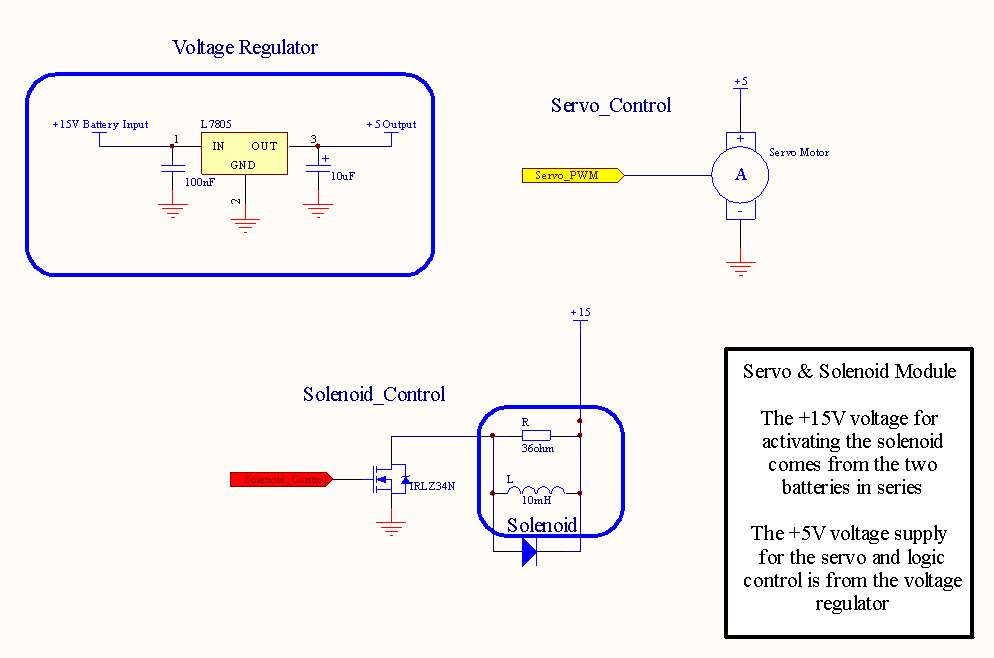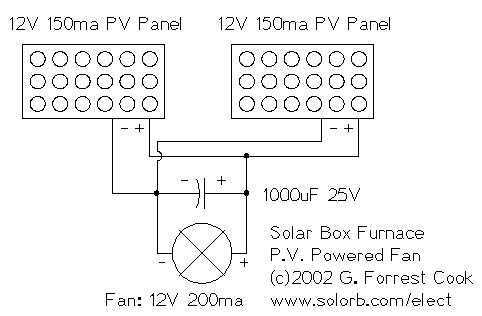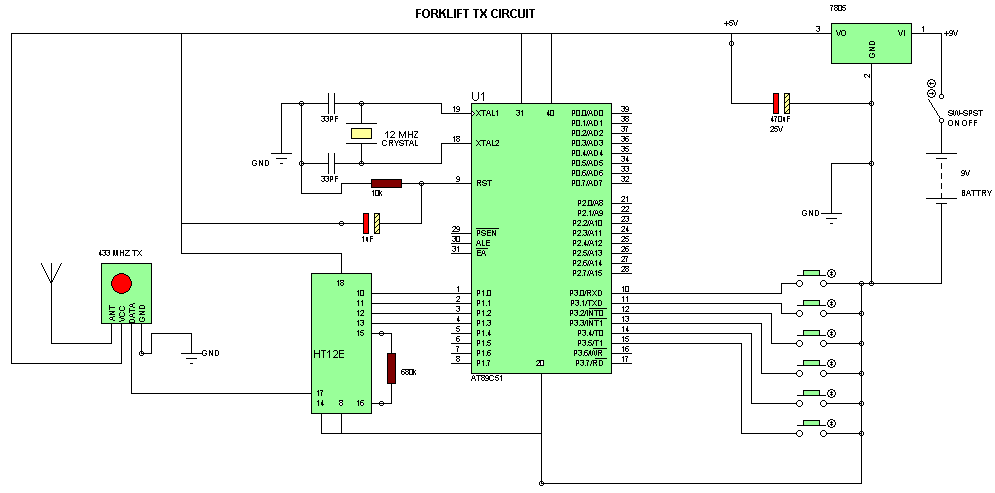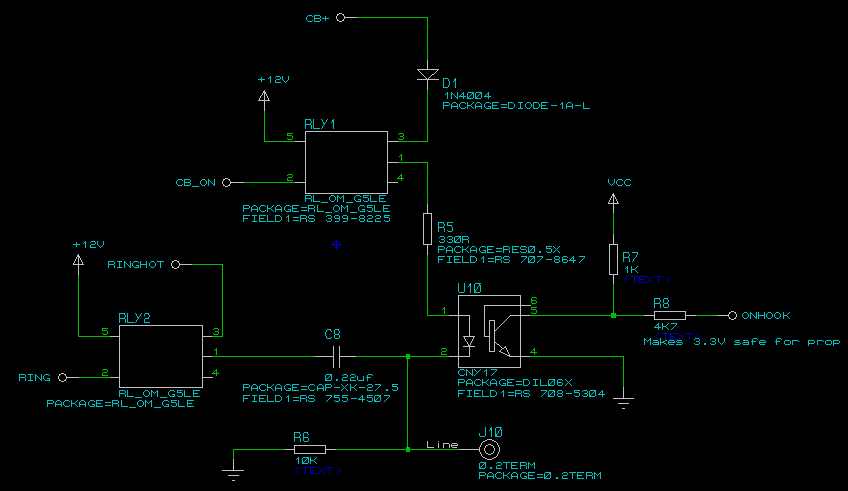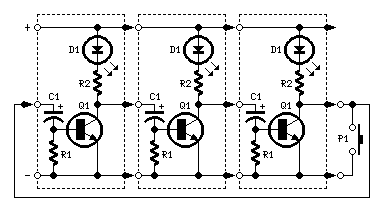
1.5V LED Flasher Circuits
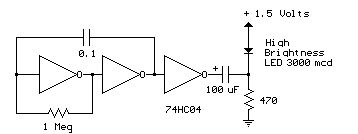
Several 1.5 V LED flasher circuits can be found online, and four of them are presented here. The flasher circuits operate on a single 1.5 V power supply.
The design of a 1.5 V LED flasher circuit typically involves a few key components: a power supply, an LED, a resistor, and a timing element, which can be a capacitor and a transistor or an integrated circuit (IC). The circuit functions by intermittently powering the LED, creating a flashing effect.
In a basic configuration, a 1.5 V battery serves as the power source. The LED is connected in series with a current-limiting resistor to prevent excessive current from damaging the LED. The timing component, often a capacitor, is charged through a resistor and discharged through the LED, causing it to turn on and off at a specific frequency determined by the values of the resistor and capacitor.
Transistors can be employed to amplify the switching action. For instance, a common NPN transistor can be used to control the LED. When the capacitor charges to a certain voltage, it triggers the transistor, allowing current to flow through the LED and causing it to light up. As the capacitor discharges, the transistor turns off, extinguishing the LED. This cycle repeats, producing a flashing effect.
Alternatively, integrated circuits such as the NE555 timer can be used to create more complex flashing patterns. In astable mode, the NE555 generates a square wave output that can directly drive the LED, providing a reliable and consistent flashing rate.
Overall, these circuits are simple yet effective for applications requiring visual indicators or decorative lighting, and their low power requirements make them ideal for battery-operated devices.Some 1.5 v LED flasher circuits are available on the internet and we like to present you four of them. The flasher circuits below operate on a single 1.5 v.. 🔗 External reference
The design of a 1.5 V LED flasher circuit typically involves a few key components: a power supply, an LED, a resistor, and a timing element, which can be a capacitor and a transistor or an integrated circuit (IC). The circuit functions by intermittently powering the LED, creating a flashing effect.
In a basic configuration, a 1.5 V battery serves as the power source. The LED is connected in series with a current-limiting resistor to prevent excessive current from damaging the LED. The timing component, often a capacitor, is charged through a resistor and discharged through the LED, causing it to turn on and off at a specific frequency determined by the values of the resistor and capacitor.
Transistors can be employed to amplify the switching action. For instance, a common NPN transistor can be used to control the LED. When the capacitor charges to a certain voltage, it triggers the transistor, allowing current to flow through the LED and causing it to light up. As the capacitor discharges, the transistor turns off, extinguishing the LED. This cycle repeats, producing a flashing effect.
Alternatively, integrated circuits such as the NE555 timer can be used to create more complex flashing patterns. In astable mode, the NE555 generates a square wave output that can directly drive the LED, providing a reliable and consistent flashing rate.
Overall, these circuits are simple yet effective for applications requiring visual indicators or decorative lighting, and their low power requirements make them ideal for battery-operated devices.Some 1.5 v LED flasher circuits are available on the internet and we like to present you four of them. The flasher circuits below operate on a single 1.5 v.. 🔗 External reference
Warning: include(partials/cookie-banner.php): Failed to open stream: Permission denied in /var/www/html/nextgr/view-circuit.php on line 713
Warning: include(): Failed opening 'partials/cookie-banner.php' for inclusion (include_path='.:/usr/share/php') in /var/www/html/nextgr/view-circuit.php on line 713
